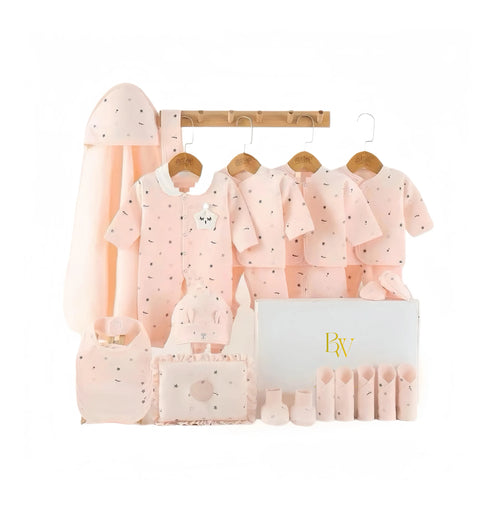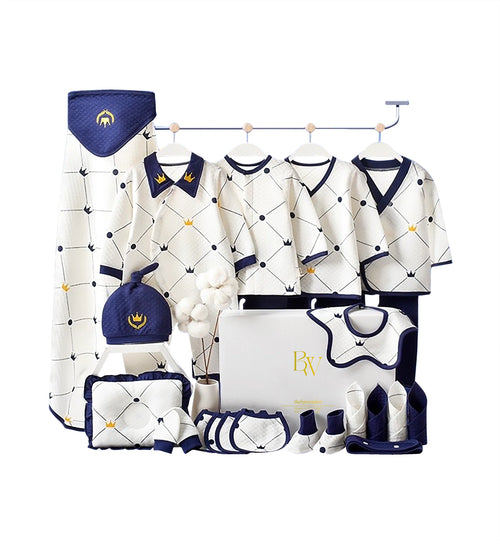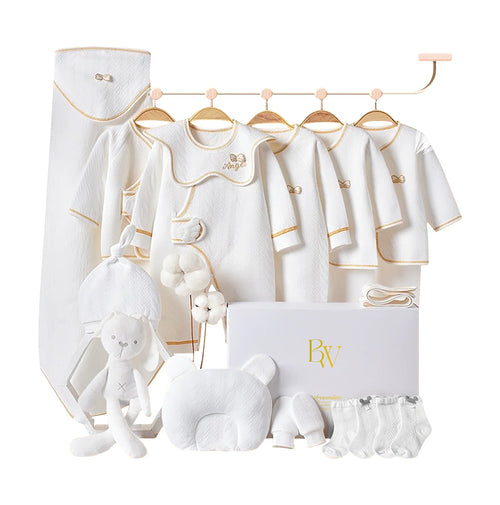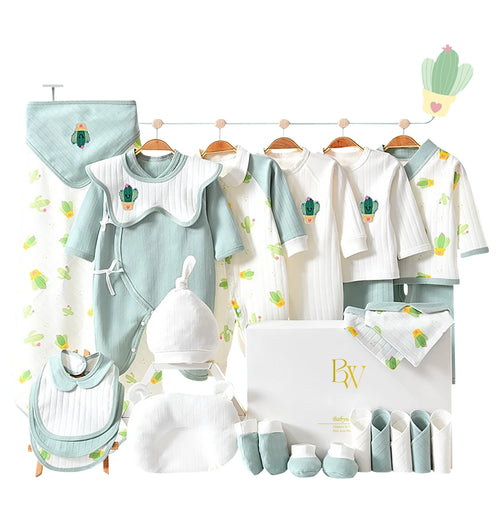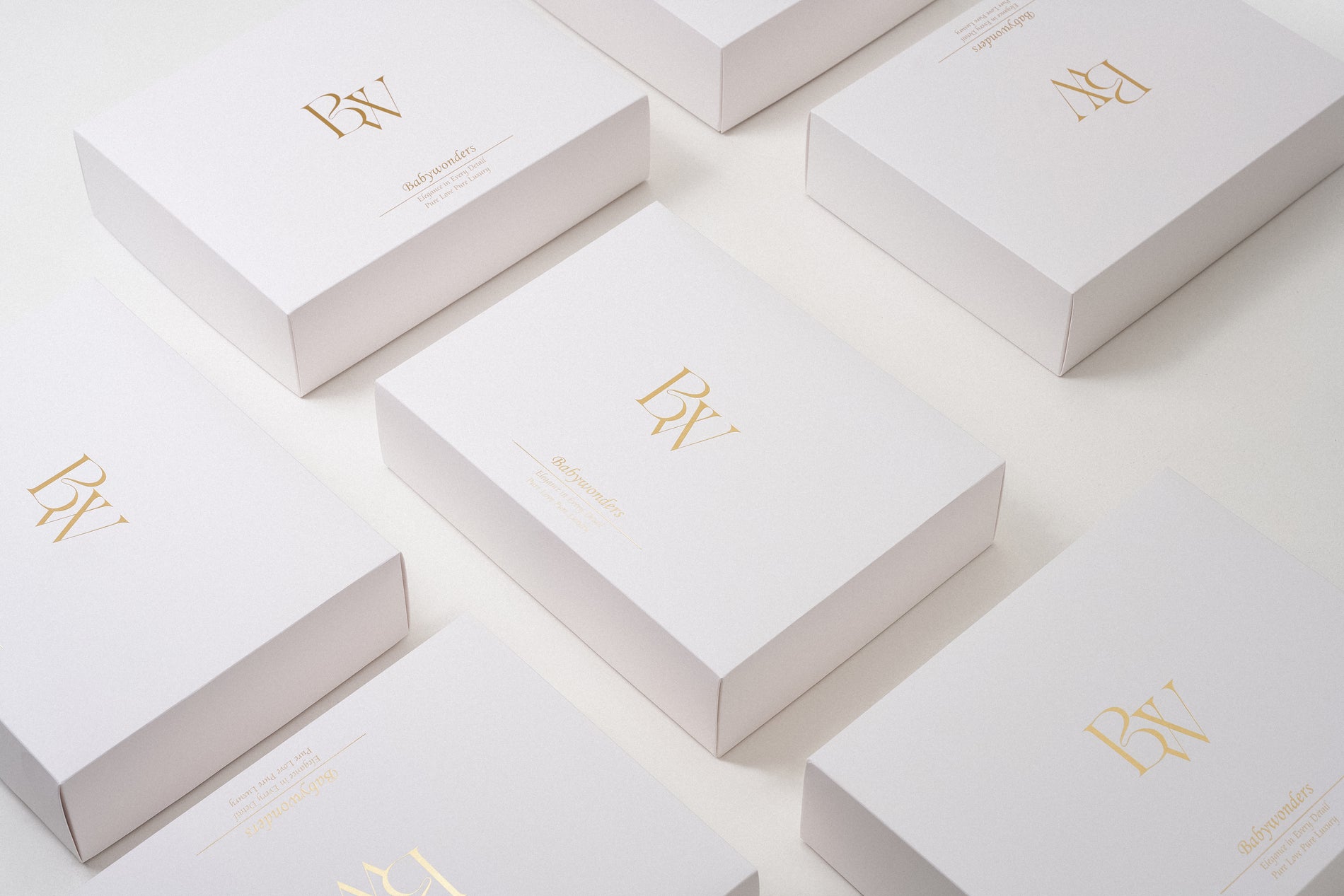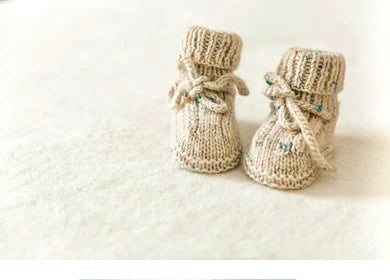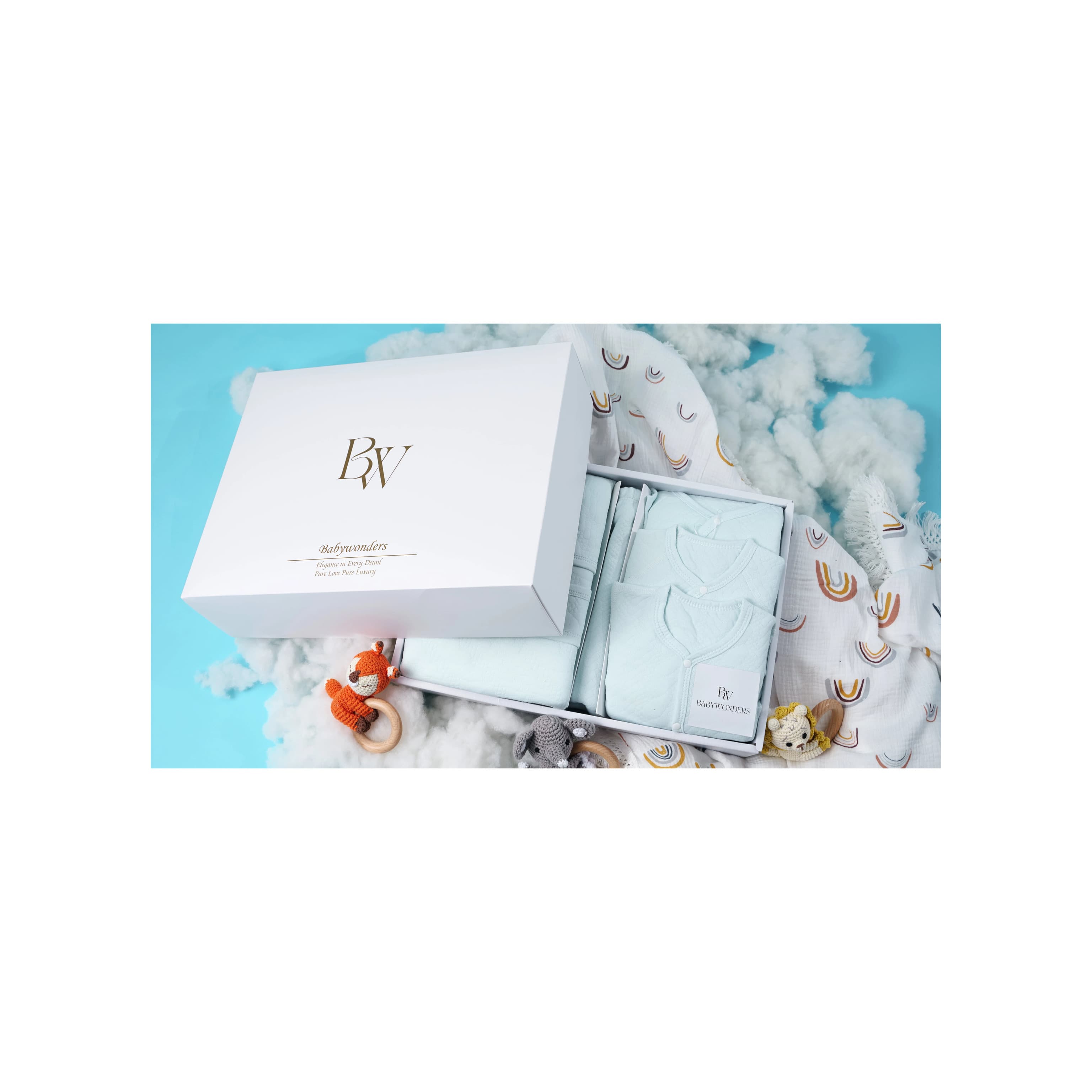Hey there, fellow parents! Today I want to chat about something close to my heart—those adorable little legs our toddlers are wobbling around on.
You might’ve noticed your toddler’s legs curve outward slightly when they stand or walk, forming a little bow. Sound familiar? That’s called O-shaped legs, or bowlegs, and guess what? It’s usually completely normal.
As a mum who went down the same late-night Google rabbit hole, I’m here to ease your worries and offer supportive tips on what you can do to nurture your toddler’s healthy leg development—all while embracing the adorable wobble along the way.
What Are O-Shaped Legs in Toddlers?
O-shaped legs (or bowlegs) are when a toddler’s legs curve outward at the knees, creating a shape that looks like the letter “O.” It's especially noticeable when their feet are together.
Here’s the key thing to remember: it’s very common in children under 2. It happens because babies are curled up in the womb for nine months, and their leg bones need time to straighten as they grow.
According to the NHS, this condition usually improves without treatment by the time a child is 3 to 4 years old.
Is It Something to Worry About?
In most cases, no. O-shaped legs are part of normal development. But it’s good to be mindful of a few red flags:
-
Your child’s bowlegs worsen after age 3
-
The legs are asymmetrical (only one side is bowed)
-
Your child complains of pain or has trouble walking
-
There's a family history of bone disorders
If you notice any of the above, chat with your GP or paediatrician for a check-up. But for most little ones, a bit of bowing is just part of the early walking journey.
What Causes O-Shaped Legs?
Bowlegs in toddlers can be caused by a few things:
-
Normal developmental bowing: resolves naturally with growth.
-
Blount’s disease (rare): affects growth plates and may need treatment.
-
Rickets: a vitamin D deficiency that weakens bones. Preventable with diet/supplements.
If you're concerned about rickets, be sure to review your child's vitamin D intake and speak to your healthcare provider. The NHS guide to rickets offers a helpful overview.
1. Encourage Floor Play: Movement Builds Strength
One of the best ways to support healthy leg development is to get your toddler moving naturally.
Let your little one spend plenty of time on the floor. Crawling, rolling, scooting, and standing up with support all help develop strong leg muscles and balance.
Make floor time fun with soft toys, mats, and items from an affordable baby gift bundle that includes sensory toys, rattles, and soft teddies.
2. Support Bone Health with Nutrition
Your toddler’s legs are not just learning to walk—they’re growing stronger from the inside too. That’s where nutrition plays a key role.
Top Bone-Building Foods:
-
Calcium: yoghurt, cheese, milk, leafy greens, and fortified plant milks
-
Vitamin D: eggs, oily fish, or via supplements and safe sun exposure
-
Magnesium & Phosphorus: nuts, seeds, whole grains
Whipping up nutrient-rich toddler meals doesn’t have to be complicated—think smoothies with spinach, scrambled eggs with cheese, or mini veggie muffins.
3. Baby Walkers: A Tool for Exploration
When used safely and under supervision, a baby walker can give your toddler a confidence boost as they become more mobile. Look for one that is sturdy and offers good back and leg support.
To mark their first real steps or as a thoughtful gift, consider a premium baby gift that includes development-focused toys and accessories to keep them engaged.
4. Celebrate the Wobble: It’s All Part of the Process
Your child’s early steps may look a little clumsy and bowlegged, but that’s completely okay.
Those wobbly knees and tiny tumbles are signs of growing independence. Try not to compare your child’s progress to others. Instead, celebrate each attempt and cheer on the effort—it builds confidence and trust in their own abilities.
A great way to commemorate these milestones? Treat them (or a new parent in your life) to a baby girl’s first gift or one of our top-selling newborn gift sets designed for moments just like this.
5. Make Movement Fun: Dance, Wiggle, Repeat
No structured workouts needed—just turn on the tunes and let your toddler dance!
Movement like dancing, jumping, and even simple games like “Simon Says” can improve coordination, balance, and lower-body strength.
Slip them into something comfy from our soft baby clothing range, crank up the music, and turn your living room into a toddler-friendly dance floor.
6. When to See a Doctor
Again, most cases of O-shaped legs in toddlers resolve naturally, but schedule a check-up if:
-
Bowing doesn’t improve after age 3–4
-
Your toddler experiences pain, stiffness, or walks awkwardly
-
Their legs appear uneven
-
They have difficulty walking or running
An early visit ensures peace of mind and early intervention if needed.
Bonus: Simple Ways to Support Your Toddler Daily
-
Give them time barefoot indoors (great for foot alignment)
-
Encourage climbing stairs (with supervision!)
-
Let them explore grass, sand, or soft outdoor surfaces
-
Avoid standing jumpers or exersaucers that force premature standing
-
Celebrate effort more than results—it’s all about the journey
Final Thoughts: Trust the Process & Embrace the Journey
Your toddler’s bowlegs are most likely a temporary stage—not a cause for worry. With nutritious meals, lots of movement, and supportive encouragement, your child’s legs will grow stronger and straighter in time.
Need a thoughtful way to celebrate your little one’s growth? Explore our curated baby gift collections at BabyWondersUK—where parenting milestones meet meaningful, practical gifts that grow with your child.
